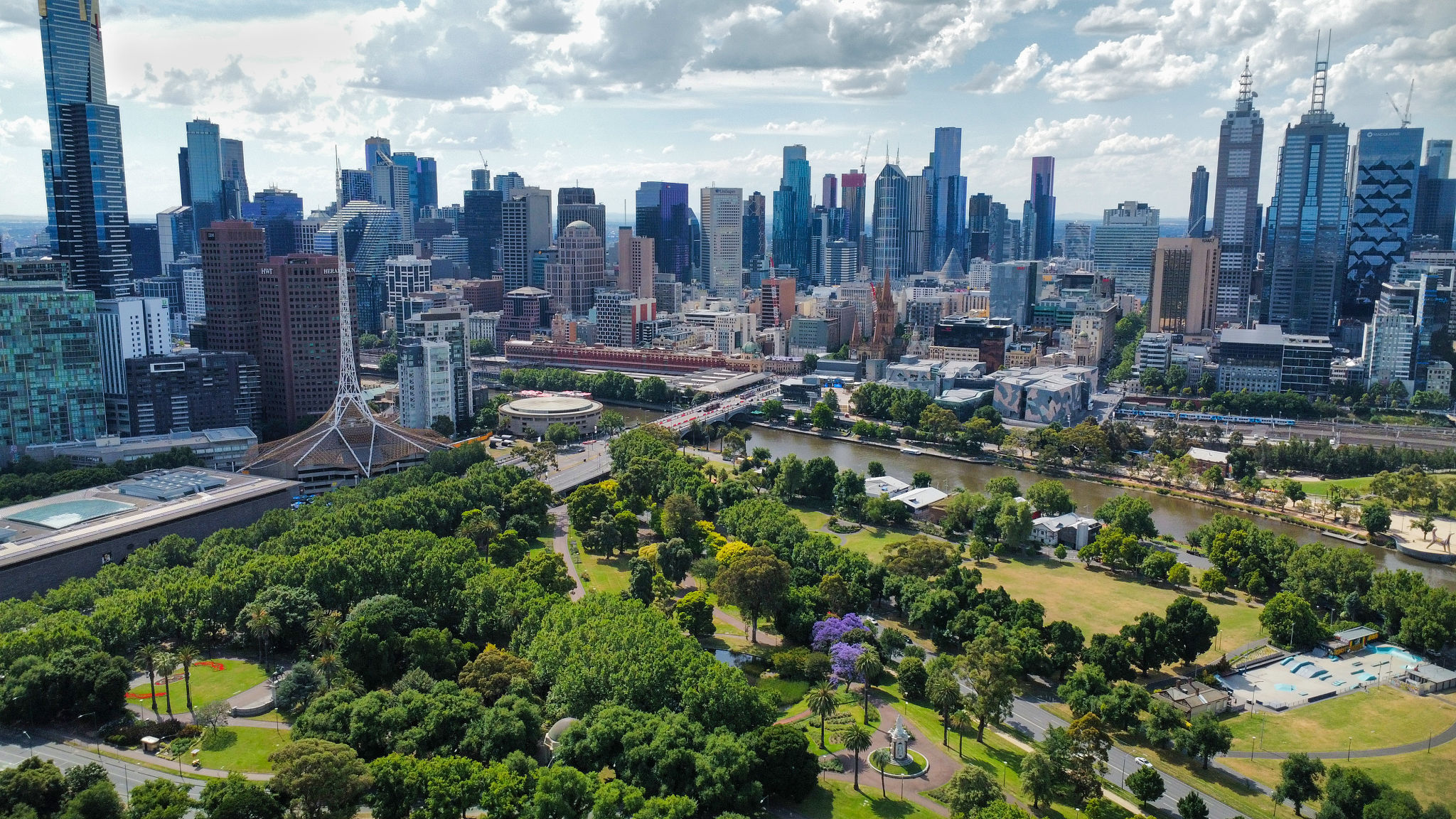Exploring Commercial Real Estate in Melbourne: A Comprehensive Overview
Introduction to Melbourne's Commercial Real Estate
Melbourne, a vibrant and bustling metropolis, is not only known for its cultural landmarks and coffee culture but also for its thriving commercial real estate market. With a diverse range of opportunities, from office spaces in the city center to retail outlets in suburban areas, Melbourne offers a dynamic landscape for investors and businesses alike.

Key Areas for Commercial Real Estate Investment
Melbourne's commercial real estate market is divided into several key areas, each offering unique opportunities. The CBD (Central Business District) is a prime location for office spaces, attracting multinational corporations and startups. Meanwhile, areas like Southbank and Docklands offer modern developments with stunning waterfront views.
Suburban regions like Richmond and Fitzroy are gaining popularity for retail and mixed-use developments, known for their vibrant local culture and increasing foot traffic. These areas provide a more affordable entry point for investors looking to capitalize on Melbourne's growth.

Trends Shaping the Market
Several trends are currently shaping the commercial real estate market in Melbourne. Sustainability is at the forefront, with more developments incorporating eco-friendly designs and energy-efficient systems. This aligns with global trends towards green building practices, appealing to environmentally conscious tenants and investors.
The rise of coworking spaces is another significant trend. Flexible work arrangements and the growth of the gig economy have increased demand for adaptable office spaces. Companies are seeking locations that offer shared amenities, fostering a collaborative environment.

Challenges and Considerations
While the opportunities are vast, there are challenges to consider. The fluctuating economic climate can impact rental yields and property values. Additionally, navigating zoning laws and development regulations requires careful planning and expertise.
Investors should also be aware of the competitive nature of the market. High demand in certain areas can lead to increased prices and bidding wars, requiring strategic decision-making and thorough market analysis.
Future Outlook
The future of commercial real estate in Melbourne looks promising, with ongoing infrastructure projects and urban development plans set to enhance connectivity and accessibility. These improvements are likely to attract more businesses and investors, further boosting market growth.
As Melbourne continues to evolve, staying informed about emerging trends and opportunities will be key for anyone looking to invest in the city's commercial real estate market.

Conclusion
Exploring commercial real estate in Melbourne offers a rewarding journey for investors and businesses seeking growth and innovation. With its diverse opportunities, strategic location, and robust market dynamics, Melbourne stands out as a prime destination for commercial real estate investment.
Whether you're a seasoned investor or new to the market, understanding the key areas, trends, and challenges will help you make informed decisions and capitalize on Melbourne's vibrant real estate landscape.
